Certified dog groomers will be bathing pups left and right – so it’s fitting that your first practicum unit in the grooming course is to give a bath! But how do you go about completing your assignments and submitting your work? How do you know it’s right?
First, let’s point out that your practical assignments will come after you’ve completed the rest of your training! Second, you’ll be able to refresh your memory by keeping your course books and tutor feedback on hand.
Use this course sample to see how your practical dog grooming assignments will look. Find out what your instructions will include, and how to get an A!
The Assignment
Once you’ve learned all the necessary techniques in the theory portion of your course, it’s time to find some pups to groom! Your practicum assignments are detailed and need to be followed to a tee, so your tutor can assess your grooming skills.
One of your practical assignments will be to prepare a natural breed for a groom – this assignment involves a specific breed, and will help you master the breed standard. This assignment asks you to take before photographs of your pup, and start prepping him for the full groom.
The Instructions
Guidelines for selecting a dog:
Find a purebred Golden Retriever or Shetland Sheepdog to work with. The breed standard does not apply to mixed breed dogs. Interpreting a breed standard takes time and patience, especially as a beginner. For this unit, you will ideally want to work with a dog that is used to being groomed for extended periods of time. This will hopefully allow you to complete the groom without the dog becoming restless or aggravated.
Remember: When you are grooming a dog, he must be safely restrained on a non-slip surface.
Step 1:
Start by reading through the instructions for all the assignments in Practicum Unit 2. This will give you an overview of what to expect as you work through each assignment.
Step 2:
Choose a dog to work with. Remember that you will be working with the same dog for the next 6 assignments. Before you begin, you must obtain a signed copy of the release form for Practicum Unit 2.
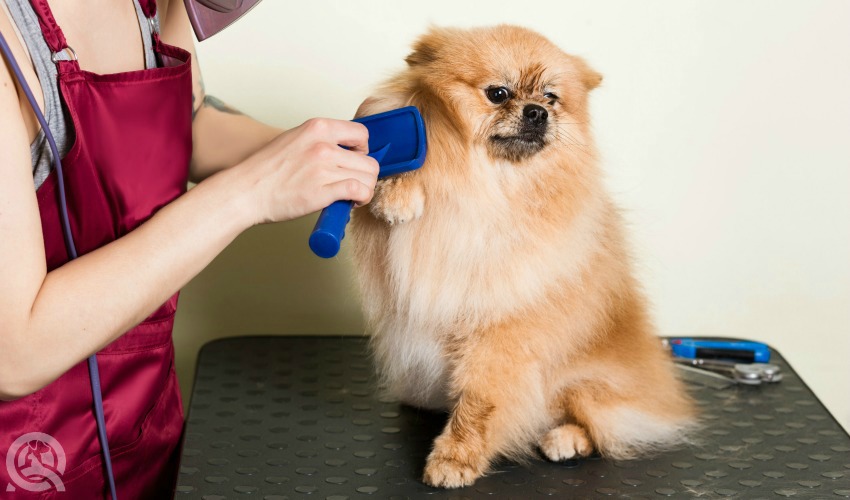
Step 3:
It is essential to work with a dog whose coat is clean, straight, detangled and completely combed through. Make sure all relevant prep work has been completed. This includes:
- Clipping the dog’s footpads
- Trimming the dog’s nails
- Brushing, deshedding and dematting the dog’s coat
- Completing the sanitary cut
- Shampooing and rinsing the dog’s coat
- Drying and straightening the dog’s coat
Step 4:
Have your friend film a “before” video of the dog. Your friend should walk in a full circle around the dog to show his entire body from multiple angles.
Make sure your video clearly shows the following parts of the dog:
- The face and head
- The neck
- The chest
- The topline
- The right and left sides of the dog
- The undercarriage
- The front legs and front feet. In your video, lift one of the dog’s front legs so the foot hangs naturally.
- The rear legs and rear feet. In your video, lift one of the dog’s rear legs so the foot hangs naturally.
- The rear. Show the rear with the tail hanging naturally and, if applicable, with the tail lifted.
- The tail. If the dog has a long tail, hold the tail straight out from the dog’s body to show its shape.
Step 5:
Read through the specific instructions for your chosen breed in your “Interpreting Breed Standards” manual. Make sure you understand the necessary tools and techniques. Remember that many elements of a breed standard are out of a groomer’s control, such as eye color. As you read through the breed standard, take note of the elements you can influence during the groom.
As you gain experience, you will be able to apply a breed standard from memory. As a beginner, however, you will want to have the description on hand as a reference. Keep your “Interpreting Breed Standards” manual close by during the groom.
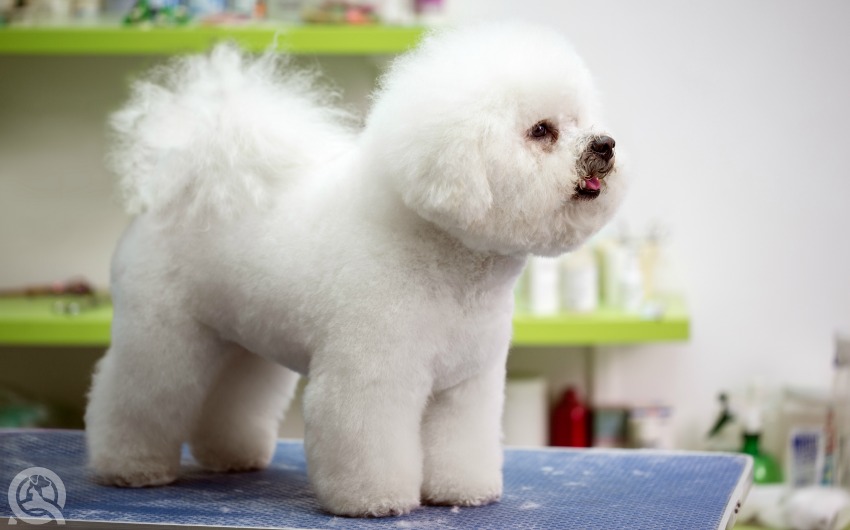
The Submission
If you follow the instructions in your course, you’ll be submitting a clear video, detailing exactly what is asked for in the assignment. Once this is complete, you simply need to upload your video to YouTube and voila! You’re good to submit your assignment template with the video link included.
When you receive your feedback from your personal tutor, you’ll be able to listen to a detailed critique of your work. You’ll hear about what you’ve done well in your assignment, and receive suggestions for how to improve in the next unit.
Who said you can’t learn dog grooming online?
Ready to work with canine clients all day? Start a fulfilling career with QC’s dog grooming course!
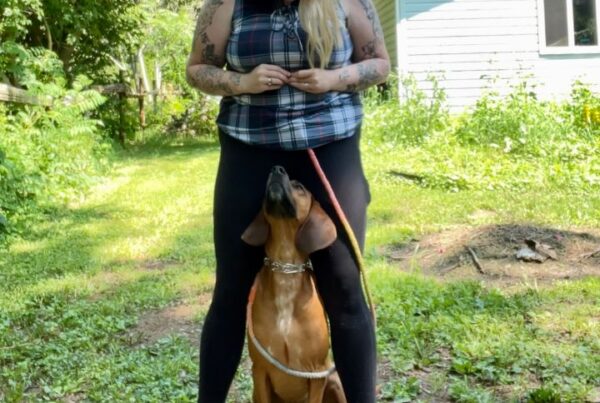
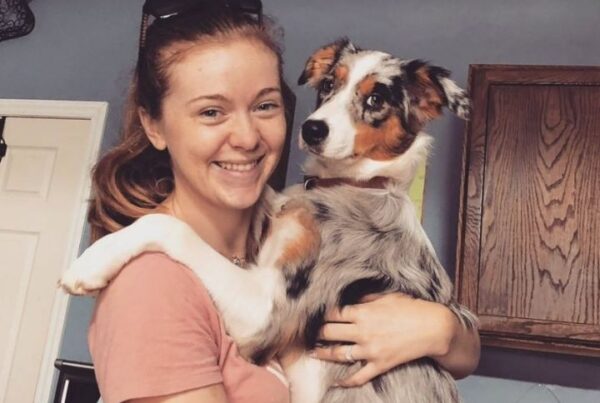
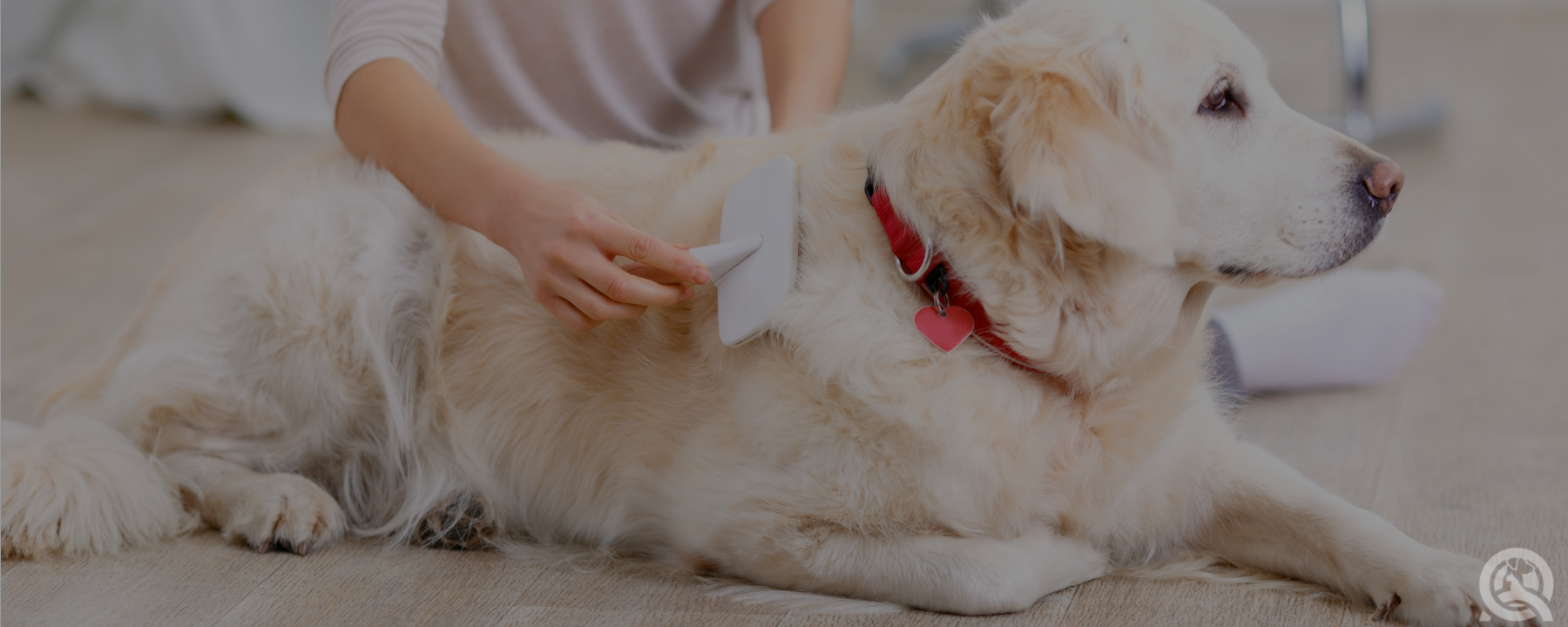

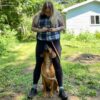



Join the discussion One Comment